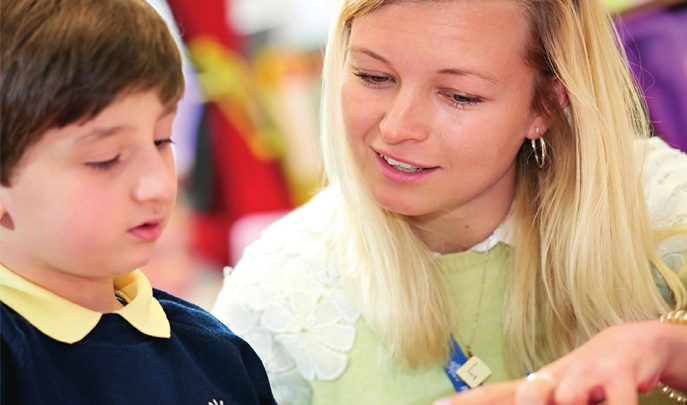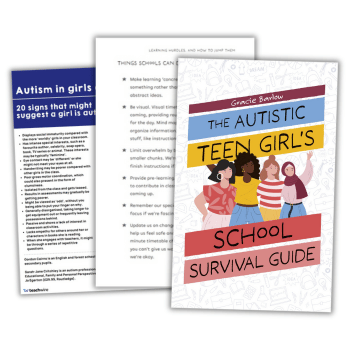Are Your Pupils Too Reliant On Your TAs?

Wean children off high levels of TA support by using a scaffolding approach, says Paula Bosanquet

The teacher has explained the task and modelled any key parts that are new to the children. She sends them back to their tables.
You settle down with your group. Immediately comes the question – “What do I do?” Answering that question means the child will get started, but will make it more likely that they will ask the same question the next time, and the next. Alternatively, you will have children sitting there doing nothing until you notice and tell them what to do.
The role of the teaching assistant is a really important one, but also incredibly difficult. You have to support children, but you don’t want them to become completely dependent on you. We know that children who regularly receive high levels of TA support can develop ‘learned helplessness’. It is, after all, quicker and easier to ask an adult what to do or how to do it than to think for yourself.
Developing dependence on adult support has long term consequences for children. It can affect their self-esteem, social relationships and ability to think and act for themselves. It also makes them less likely to make progress in school. We need to use a scaffolding approach with these children to reduce dependence and increase their ability to work independently.
Acting on clues
As a simple example, if Sarah can’t think what to write next about her trip to the zoo, the least amount of support would be just to wait and give her time to think. She might need a verbal prompt to support this process, such as, “What did we see next?” If needed, you can then ‘clue’ the child by giving them a small piece of information to help: “It had a long neck”.
A bigger clue would be, “Was it the elephants or giraffes next?”. If this does not help, we might model how to use notes or pictures made at the time to find the next event. What we wouldn’t want to do is correct, by saying, “It was the giraffes next”. The important thing is to wait and see what the child’s response is at each stage. If they seem to be moving forward then stay at the same level. If they are just as stuck, then you might need to move to the next level.
Alongside scaffolding interactions, we need to teach children self-scaffolding skills. These give them strategies to use to help themselves when they are stuck. In the previous example, Sarah could have self-scaffolded by referring to her notes from the trip as soon as she got stuck. How often have you seen children refer to instructions or resources available to them without being told to use them? The answer is probably not often! They need to be taught to do this, using simple strategies like highlighting key words and ticking off steps when complete.
Where children have got used to having high levels of support and are skilled at getting an adult to take them through tasks step by step, it will take time for them to get used to being expected to work more independently. They won’t always like it to start with. But this approach will, over time, raise their own view of themselves as someone who is able to work through problems for themselves. It also gives the TA and the teacher a better understanding of how much the child can do independently.
The most common comment I get when TAs have tried this approach is, “I feel like I’ve been conned! They can do much more than they let on.” No one blames children for this. Nor must we blame TAs – they often feel under pressure for children to complete tasks. This can lead to over-supporting pupils or giving answers. Good liaison between teachers and TAs, focused on learning during the task rather than task completion, can help with this.
About the author
Paula Bosanquet is head of training and development at the Cass School of Education and Communities, University of East London; The Teaching Assistant’s Guide to Effective Interaction by Paula Bosanquet, Julie Radford and Rob Webster is available now, published by Routledge











